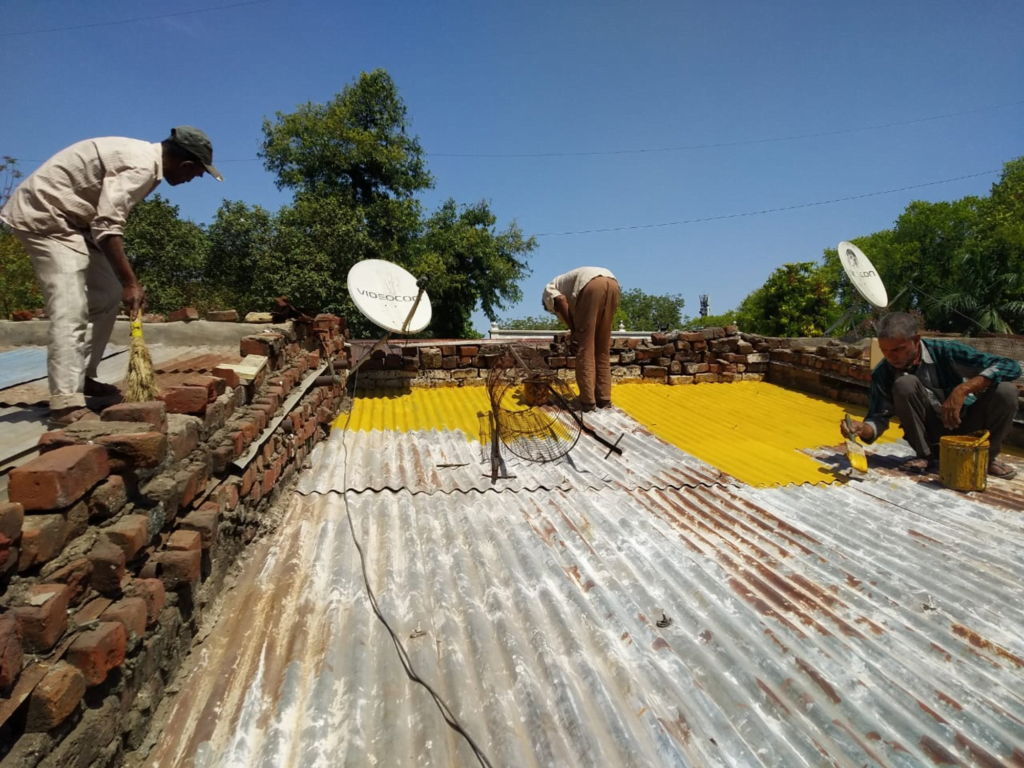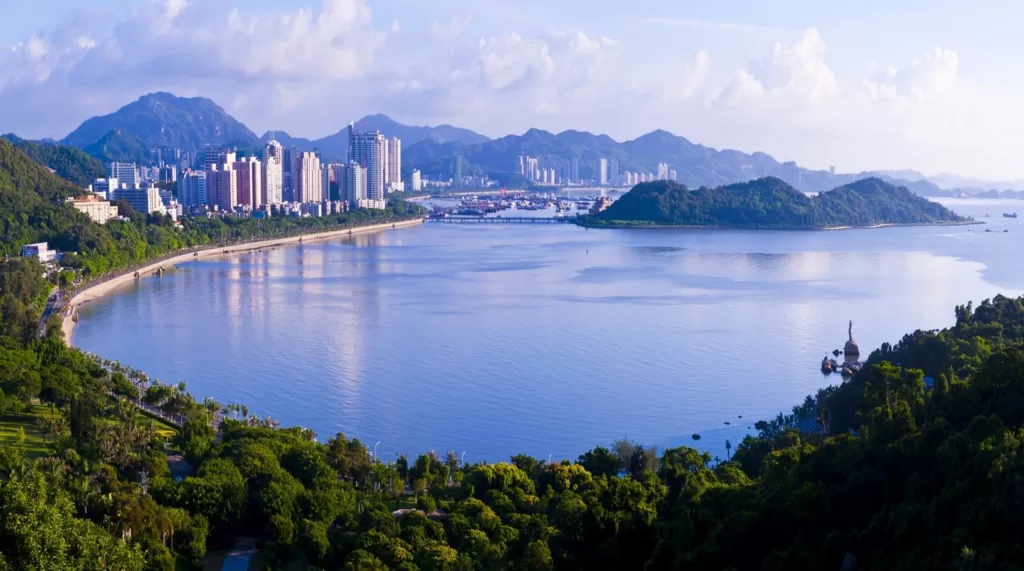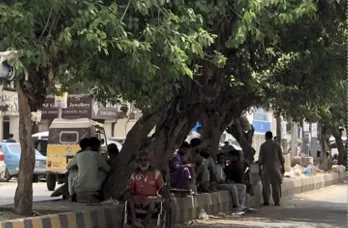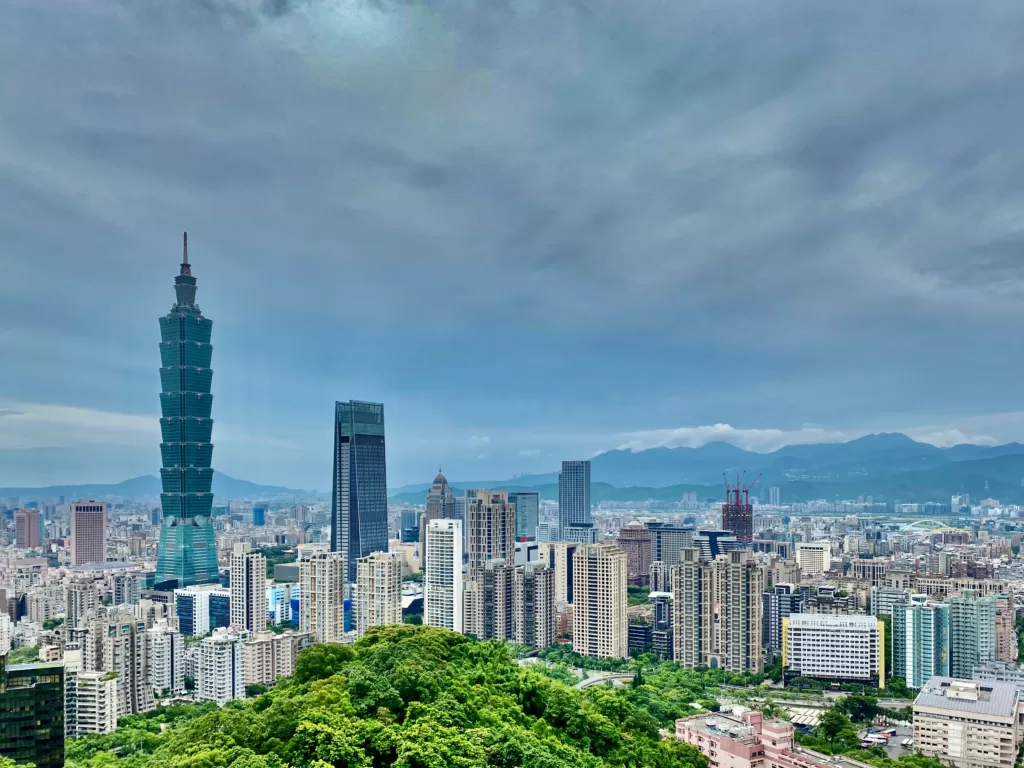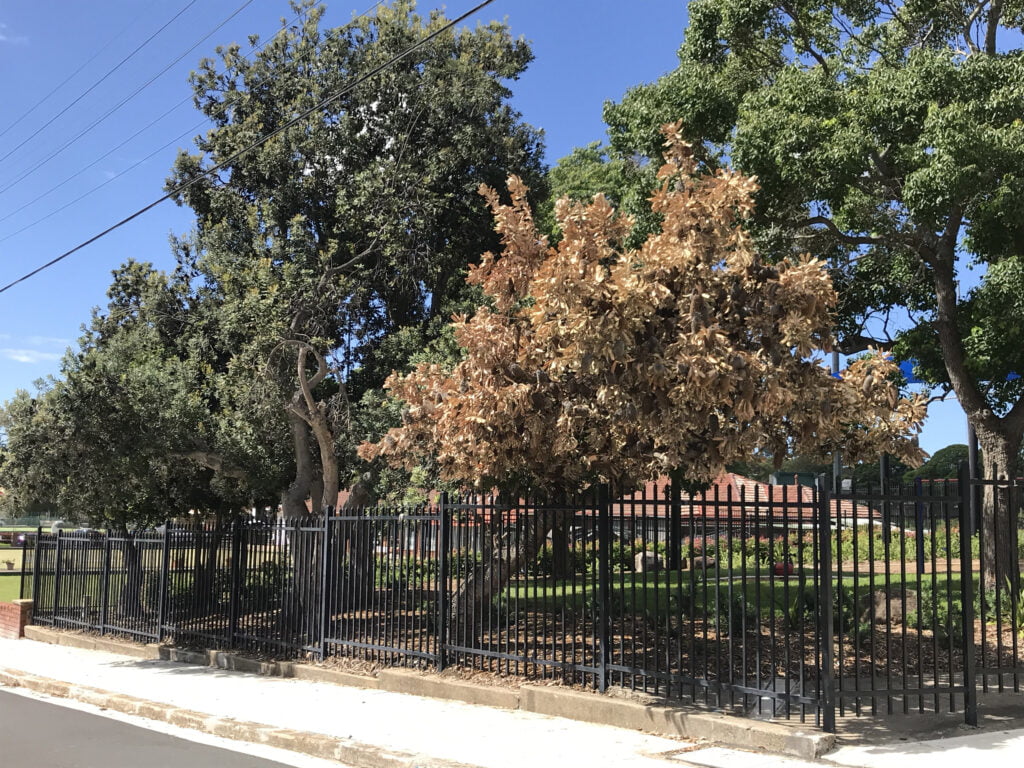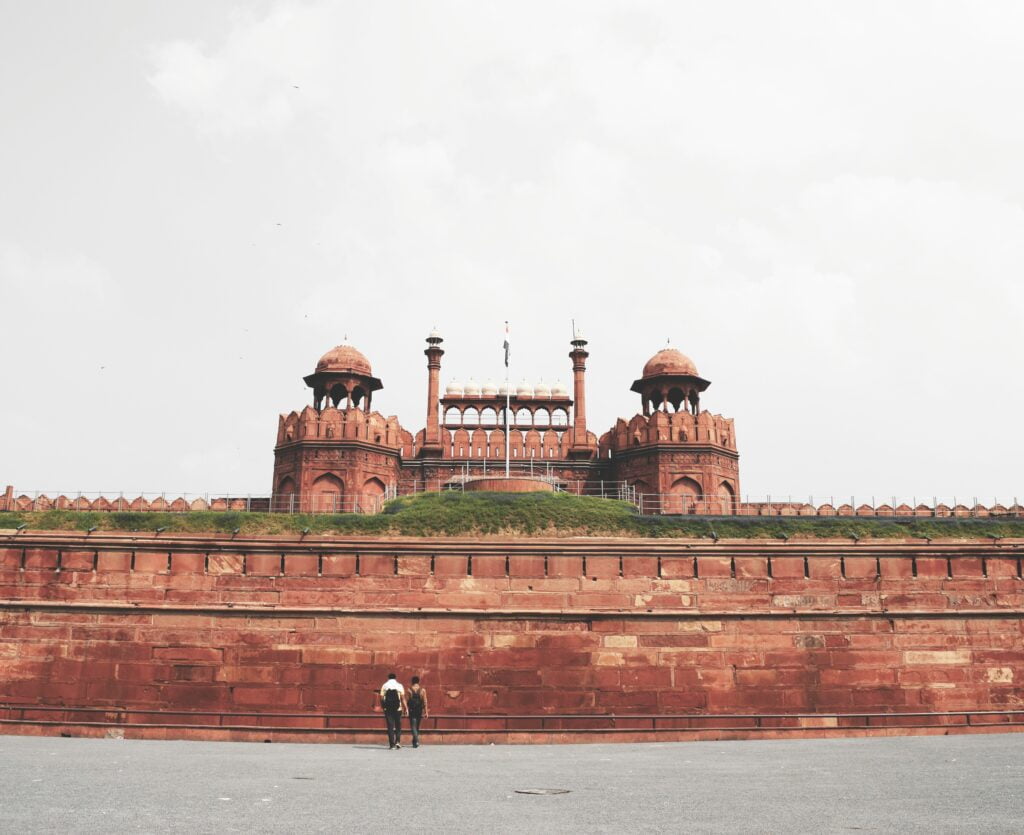The Indonesian city of Surabaya put in public parks where others put in buildings. It is now reaping the creative, economic and cooling benefits.
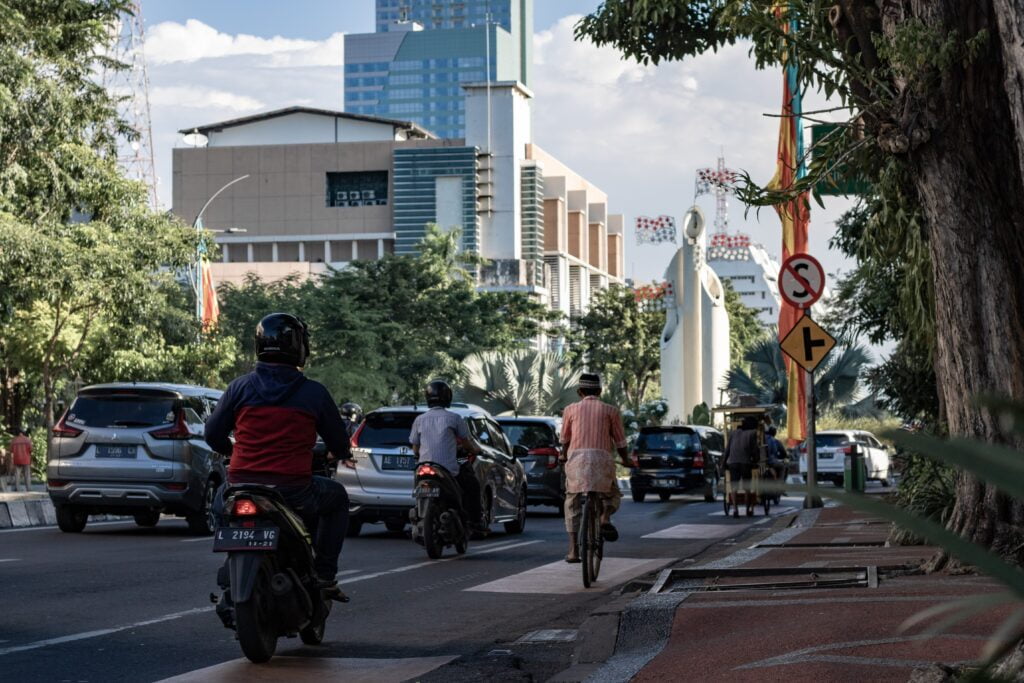 Surabaya: a hot city made cooler : Hobi Industri on Unsplash Public domain
Surabaya: a hot city made cooler : Hobi Industri on Unsplash Public domain
The Indonesian city of Surabaya put in public parks where others put in buildings. It is now reaping the creative, economic and cooling benefits.
Surabaya, Indonesia’s second largest city, is known for its oppressive heat. It’s a reputation the city’s first female Mayor Tri Rismaharini set out to change more than a decade ago.
Other cities, also beset by the urban heat island effect, are now looking to Surabaya as the climate warms.
As green spaces are replaced with concrete jungles, the urban heat island effect pushes temperatures higher – by up to 5.3 degrees. This adversely affects sleep quality and appetite, and has been associated with depression, diabetes, heart disease, and dementia.
Urban heat stress also influences productivity and drives up heat-related illnesses and death.
Indonesia is a growing nation where 57 percent of the population lives in urban areas. The urban population is increasing by 2.2 percent a year, adding to heat stress. Indonesia hasn’t been keeping records on deaths due to heat hazards, but new evidence points to very strong heat stress in Indonesia’s city centres.
Urban residents around the world are increasingly forced to reduce physical activity, stay in a shaded place, or spend most of their time indoors in an air-conditioned environment. Awareness campaigns on the risks of heat stress have not yet been implemented in Indonesia.
In the future, without local government intervention, already hot areas are expected to get hotter and expand into the neighbouring regions. The cities of Medan and Denpasar will shortly experience a heat stress index increase of 3.1oC. In contrast, in Surabaya, the heat stress index will be reduced by 0.8oC in the near future.
The difference is the result of increased vegetation coverage in Surabaya. In the past decade, Surabaya has built urban parks with a focus on public creative spaces. These have also brought economic benefits. One, Bungkul Park, serves multiple purposes, including supporting street vendors, sports and recreation and art activities.
Surabaya’s Green and Clean (SGC) program transformed the village of Margorukun, previously a slum area with a high crime rate. Today, locals grow ornamental plants, and produce handicrafts with recycled garbage, with the proceeds providing an income or directed toward ecotourism sustainability.
Given climate change, urban greening is a low-regret intervention that provides relatively significant benefits at a lower cost. Air purification, flood control, recreational space, CO2 sequestration, and food production are just a few of the services urban vegetation can provide.
Indonesian law mandates that at least 30 percent of urban areas be dedicated to open green spaces. This law also applies to spatial planning in the provinces and districts (RTRW). But not every local government is on-board, some preferring to prioritise economic growth and job creation.
Surabaya has tried to achieve both – setting a target for open green spaces in its master plan with 20 percent public space and 10 percent private space. With a public open green space ratio of 20.75 percent in 2015, this policy was consistent with national regulation, and efficiently implemented and enforced. Even though this urban green space is not explicitly intended to reduce urban heat island pressure, this one action with multiple benefits can reduce the heat stress in Surabaya, offering inspiration for other cities in Indonesia and around the world.
Martiwi Diah Setiawati graduated from Yamaguchi University, Japan. She is a researcher in Research Centre for Oceanography, Indonesia’s Research and Innovation Agency (BRIN). Her works focus on remote sensing and GIS application to multiple environmental conditions such as disaster mitigation, climate change adaptation and habitat characteristic. Dr. Setiawati declared no conflicts of interest in relation to this article.
This study was supported by JSPS KAKENHI with the grant number 19H01144 and JSPS Core-to-Core Program B under Asia–Africa Science Platforms “Center of Excellence in Health Risk Assessment for Adaptation to Climate Change.
This article has been republished in the wake of heatwaves in India, China and Europe. It first appeared on March 11, 2022.
Originally published under Creative Commons by 360info™.
Editors Note: In the story “Coping with heatwaves” sent at: 18/07/2022 11:03.
This is a corrected repeat.



